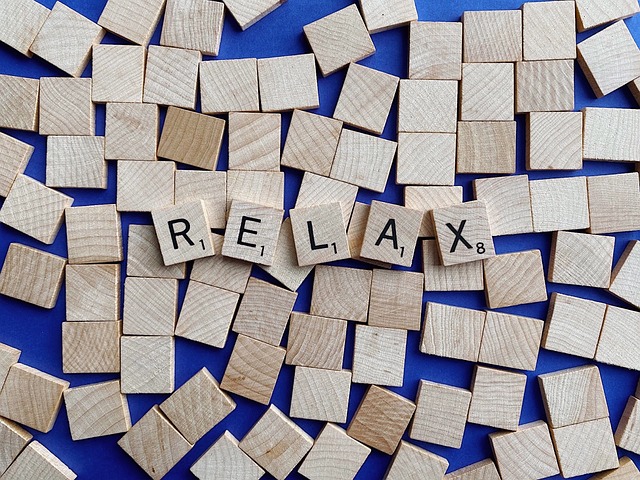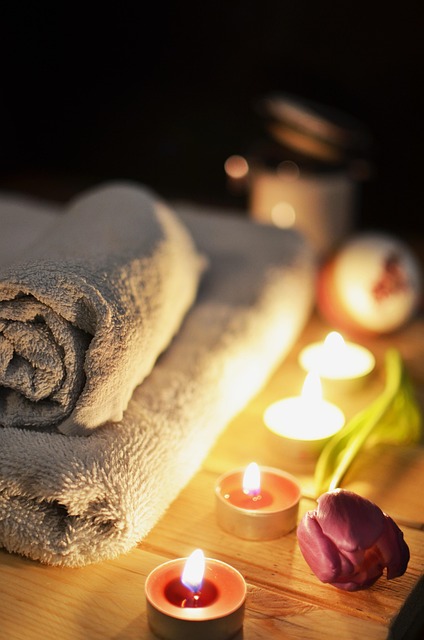
Introduction
In a fast-paced world overwhelmed by stress, anxiety, and constant stimulation, many people are turning to unconventional yet effective ways to find peace. One such growing trend is ASMR, or Autonomous Sensory Meridian Response. What began as a niche online phenomenon has transformed into a powerful mental health tool embraced by millions. But how exactly does ASMR help with anxiety and stress? In this article, we explore the calming science behind ASMR and how it can support better mental health.
What is ASMR?
ASMR stands for Autonomous Sensory Meridian Response—a soothing, tingling sensation that typically starts at the scalp and moves down the neck and spine. This sensation is triggered by specific auditory or visual stimuli such as whispering, tapping, crinkling sounds, or personal attention scenarios.
The ASMR experience is often described as a brain massage. It’s deeply relaxing and pleasurable, and for many, it’s an effective way to disconnect from stressors and reconnect with a calm state of mind.
The Rise of ASMR in Mental Health Discussions
Over the past few years, ASMR has gained widespread attention not only from YouTubers and content creators but also from researchers and mental health professionals. With millions of ASMR videos on platforms like YouTube, TikTok, and Spotify, it’s clear that ASMR resonates with people seeking relief from emotional and psychological challenges.
Search engines show a surge in queries like:
- “ASMR for anxiety”
- “Does ASMR help with stress?”
- “Best ASMR videos for sleep and relaxation”
This surge suggests growing curiosity and reliance on ASMR as a mental health aid.
How ASMR Helps With Anxiety
1. Activates the Parasympathetic Nervous System
ASMR is known to trigger the parasympathetic nervous system—the part of our autonomic nervous system responsible for rest and digestion. This counters the “fight or flight” response linked to anxiety and chronic stress. People report slower heart rates, deeper breathing, and a general sense of calm after ASMR sessions.
2. Promotes Mindfulness and Presence
Much like meditation or deep breathing exercises, ASMR encourages mindfulness. It draws your focus to soft, repetitive stimuli, anchoring your thoughts and reducing mental clutter. This mental stillness is particularly helpful for individuals experiencing generalized anxiety disorder (GAD) or panic attacks.
3. Creates a Safe, Comforting Environment
Many ASMR videos are designed to simulate personal attention—like getting a haircut, having someone read to you, or being cared for. These nurturing experiences can mimic childhood comforts or safe spaces, providing emotional support and reducing anxiety levels.

How ASMR Reduces Stress
1. Lowers Cortisol Levels
While more research is needed, early studies suggest that ASMR may lower cortisol—the body’s primary stress hormone. High cortisol levels are linked to a variety of mental health concerns, including insomnia, depression, and irritability. The relaxing effects of ASMR may help balance these hormonal levels naturally.
2. Improves Sleep Quality
Stress often leads to insomnia or disturbed sleep. Many ASMR listeners use videos or soundscapes as part of their nighttime routine. The calming triggers help reduce racing thoughts, ease bodily tension, and facilitate deeper sleep. Better sleep equals better stress management the next day.
3. Provides a Mental Escape
Just like reading a book or watching a movie, ASMR offers an immersive experience. For individuals overwhelmed by stress, taking 20 minutes to tune into a peaceful ASMR video can serve as a healthy escape, allowing the brain and body to reset.
Scientific Backing: What Research Says About ASMR and Mental Health
Although ASMR is still a relatively new field in academic circles, research is catching up. A 2018 study published in PLOS ONE found that individuals who experience ASMR reported temporary improvements in mood and stress levels after watching ASMR videos.
Another study from the University of Sheffield revealed that participants experienced a notable decrease in heart rate while watching ASMR content—similar to those practicing mindfulness meditation.
These findings confirm what millions of anecdotal reports have already suggested: ASMR is more than just internet hype; it’s a valid form of mental health support.
Best Types of ASMR Triggers for Anxiety and Stress
While everyone responds differently, some ASMR triggers are particularly effective for mental health:
- Whispering – Soft spoken voices can feel soothing and intimate.
- Tapping and Scratching – Repetitive, rhythmic sounds can be hypnotic.
- Crinkling – Gentle paper or plastic crinkles produce a calming texture.
- Personal Attention Roleplays – Simulated care scenarios such as doctor visits, spa treatments, or makeup sessions.
- Nature Sounds – Rainfall, ocean waves, or forest ambiance can deeply relax the nervous system.
Try experimenting with different styles to discover what works best for your stress and anxiety levels.
How to Incorporate ASMR into Your Mental Wellness Routine
If you’re new to ASMR, here’s how to get started:
- Find a Quiet Space: Use headphones in a calm, distraction-free environment.
- Choose Content Carefully: Start with highly rated videos tailored for stress relief or anxiety.
- Set a Time Limit: Even 10–20 minutes a day can make a noticeable difference.
- Make it a Habit: Use ASMR during your wind-down routine before bed or after a stressful workday.
Some apps and YouTube channels also offer ad-free, guided ASMR sessions for those who prefer curated experiences.

ASMR is not a replacement for professional therapy or medical treatment, but it can be a powerful complement to your existing self-care routine. Whether you’re managing chronic anxiety, everyday stress, or simply seeking a calm escape, ASMR offers a natural, non-invasive way to soothe your mind and body.
As mental health awareness continues to grow, tools like ASMR serve as gentle reminders that healing doesn’t always have to be complex. Sometimes, all it takes is a whisper, a tap, or a kind word to calm the storm inside.

